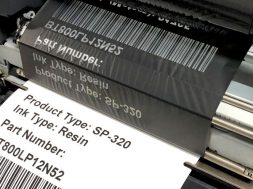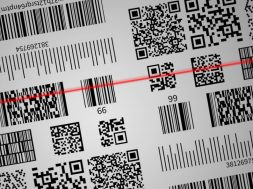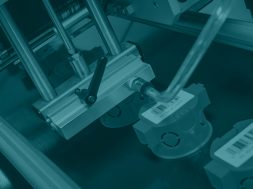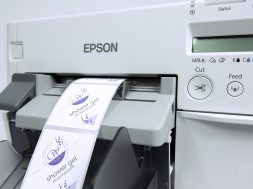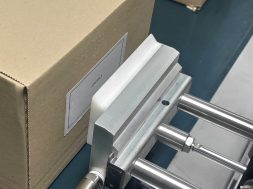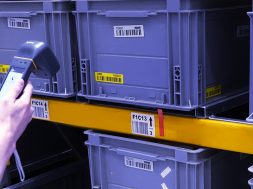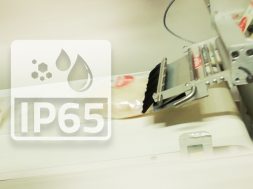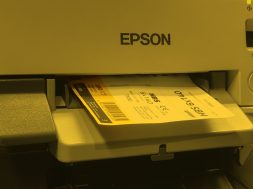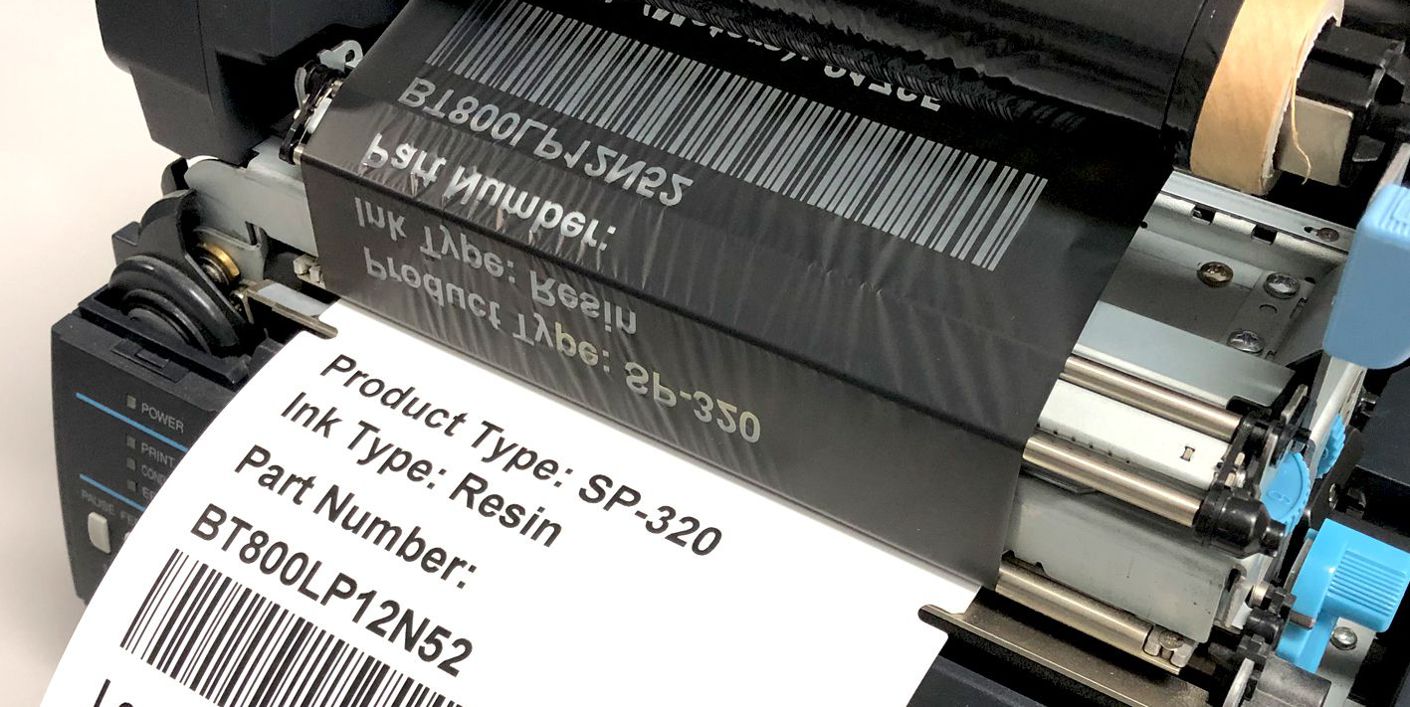
What do you need to know about thermal transfer resin ribbons?
What do you need to know about thermal transfer resin ribbons?
In our previous publication “What do you need to know about thermal transfer resin ribbons” we focused on the type of dye that determines the type of thermal transfer ribbon. However, basing only on this aspect would be a big simplification. The choice of thermal transfer ribbon is not as obvious as it might seem. This is due to the fact, that we offer several types of ribbons with the same type of dye. So how to make the right choice?
What criteria should be taken into account when selecting a TTR ?
The criteria for evaluating and selecting thermal transfer ribbons for a specific application and process are not only the type of dye itself. Therefore, we always recommend our customers to carry out tests on the basis of which we make the right choice.
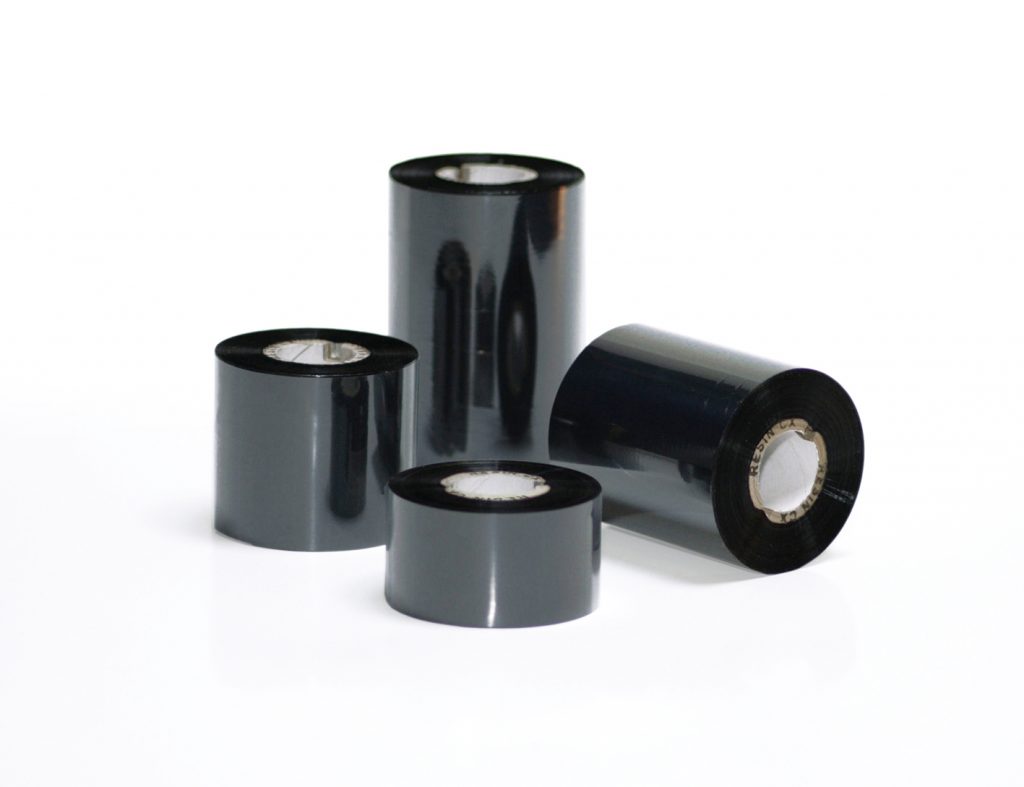
The parameters to be taken into account when selecting the right solution are as follows:
1. Print quality
- visual assessment of the print, which should always be at the highest level
- colour density, blackness in the case of black ribbons
- compatibility with different types of materials and surfaces such as paper: uncoated and coated, synthetic material, etc.
2. Print speed – Maximum print speed at which we can achieve the required print quality
3. Print resistance
- for abrasion,
- for the temperature,
- for chemicals.
The criterion of the highest quality is unquestionable and applies to every type of thermal transfer ribbon – because we want to have labels with the highest quality printing. Printing speed is important when printing a greater number of large format paper labels. This parameter applies mainly to wax and wax-resin ribbons. For resin ribbons, the basic criterion, apart from the printing quality of course, is the resistance to the conditions in which the label functions and industry requirements.
There is no universal thermal transfer resin ribbons – this statement probably applies most to resin ribbons.
Depending on the industry and application, the dye in these ribbons is modified to meet the industry requirements and quality standards.
Below are some examples of industries where different types of resin ribbons are used:
- Logistics – the basic selection criterion is only the resistance of the print to weather conditions. Secondary importance in this application are the resistance to high temperature and chemical substances.
- Textile – the main requirement is that the print should be resistant to detergents and temperatures of 100°C and be Oeko-Tex certified.

- Electronic – the PCB marking is required to withstand the conditions that occur during the surface assembly process, i.e. the temperature of about 300°C and to be resistant to chemicals used in this process for cleaning products.
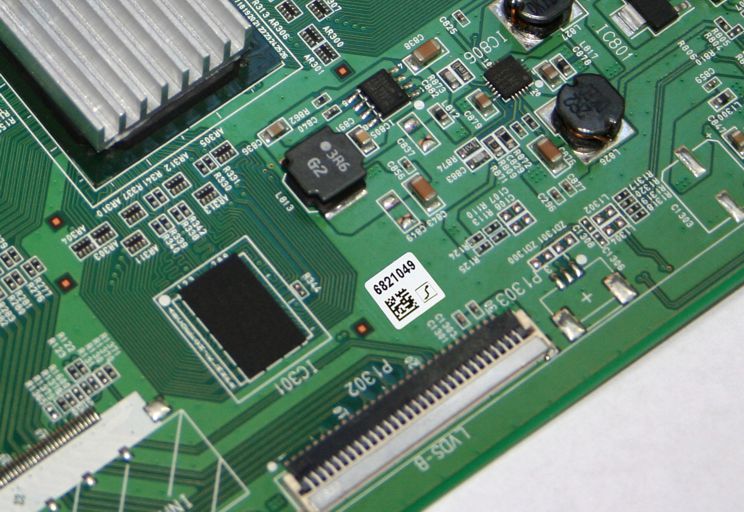
- Automotive – it is very important that the print is resistant to brake fluid, petrol, diesel and other substances used in this industry. An important aspect is also the resistance to temperature up to 150°C.
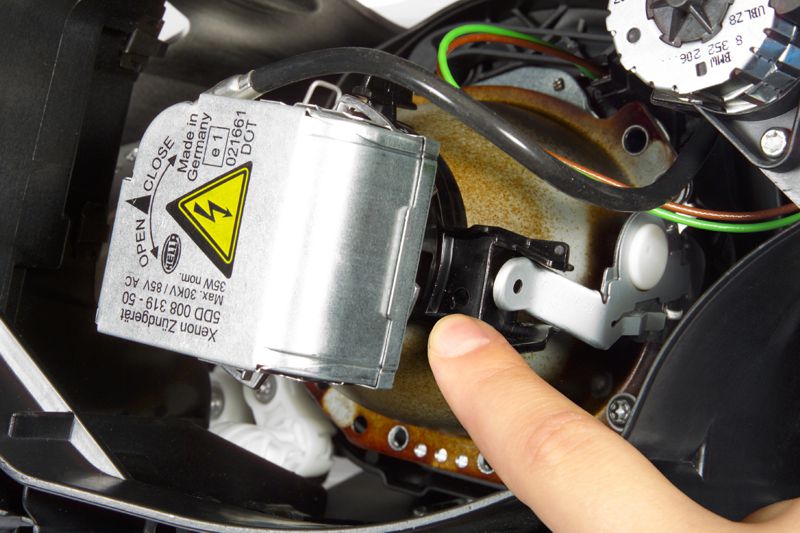
On the basis of industry standards it is often required that the solution (labels + ribbons) is characterized by high resistance to aggressive chemicals: acetone, xylene, toluene and the above mentioned brake fluid. It is possible, but usually only with dedicated materials, the surface of which is covered with a special dedicated layer (topcoat). It is the topcoat in combination with a specially modified ribbon dye that gives a print appropriate in terms of resistance. Among other things, due to these properties, the ribbons from this group, together with dedicated materials, have also been used in laboratories.
When matching the ribbon to the solution, we always follow the principle of an appropriate ratio of quality to price, in this case the quality of the print. According to this principle, there is no need to use ribbons with high resistance to chemical substances (belongs to the most expensive group) in the household appliances or electronic industry, e.g. for printing rating plates. These labels will never function in conditions typical for the automotive industry or laboratories.
If you have a problem with proper selection of materials or the print made with your thermal transfer ribbon does not meet the requirements and parameters of the process, ask for advice from our specialists.
(1227)
